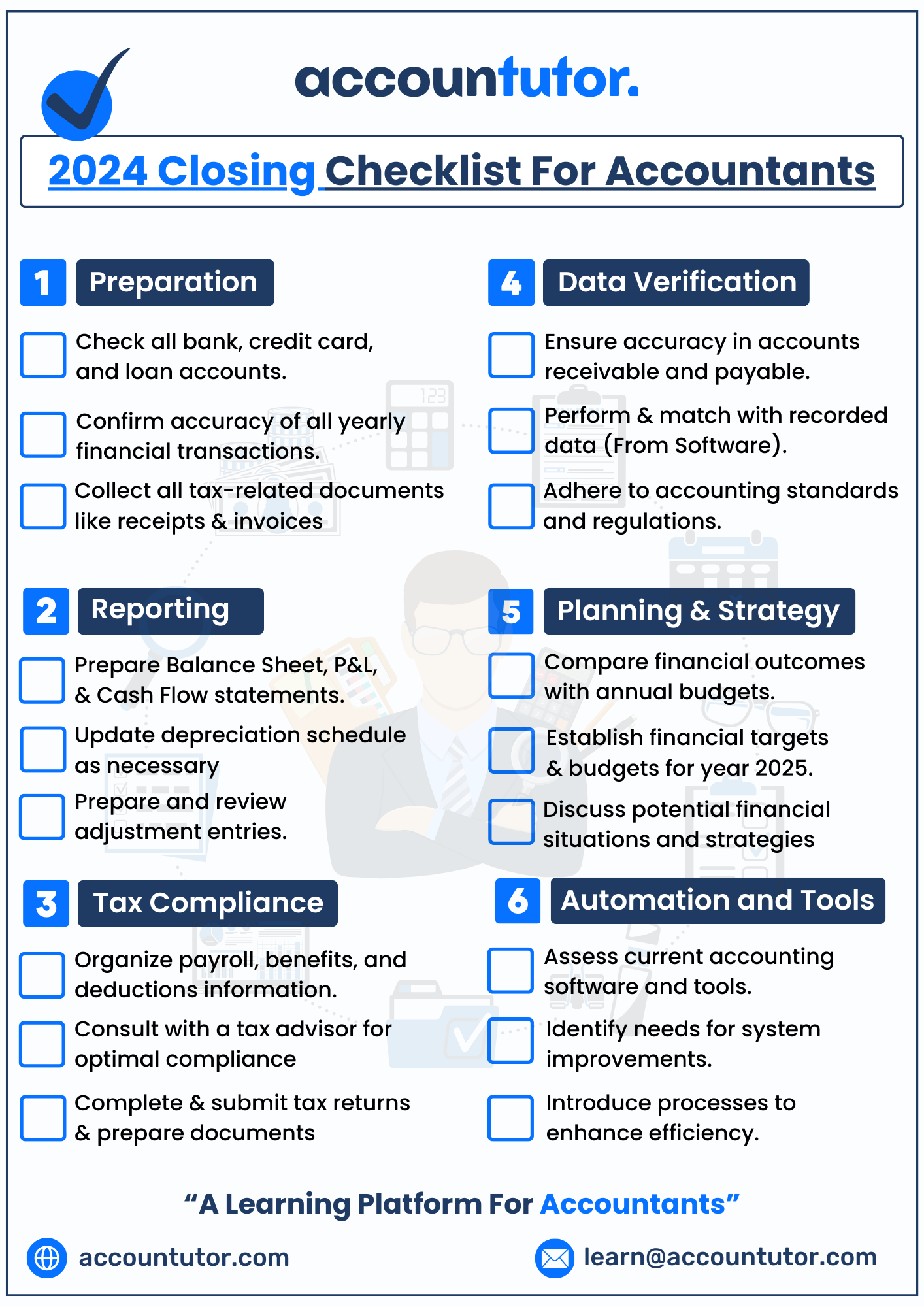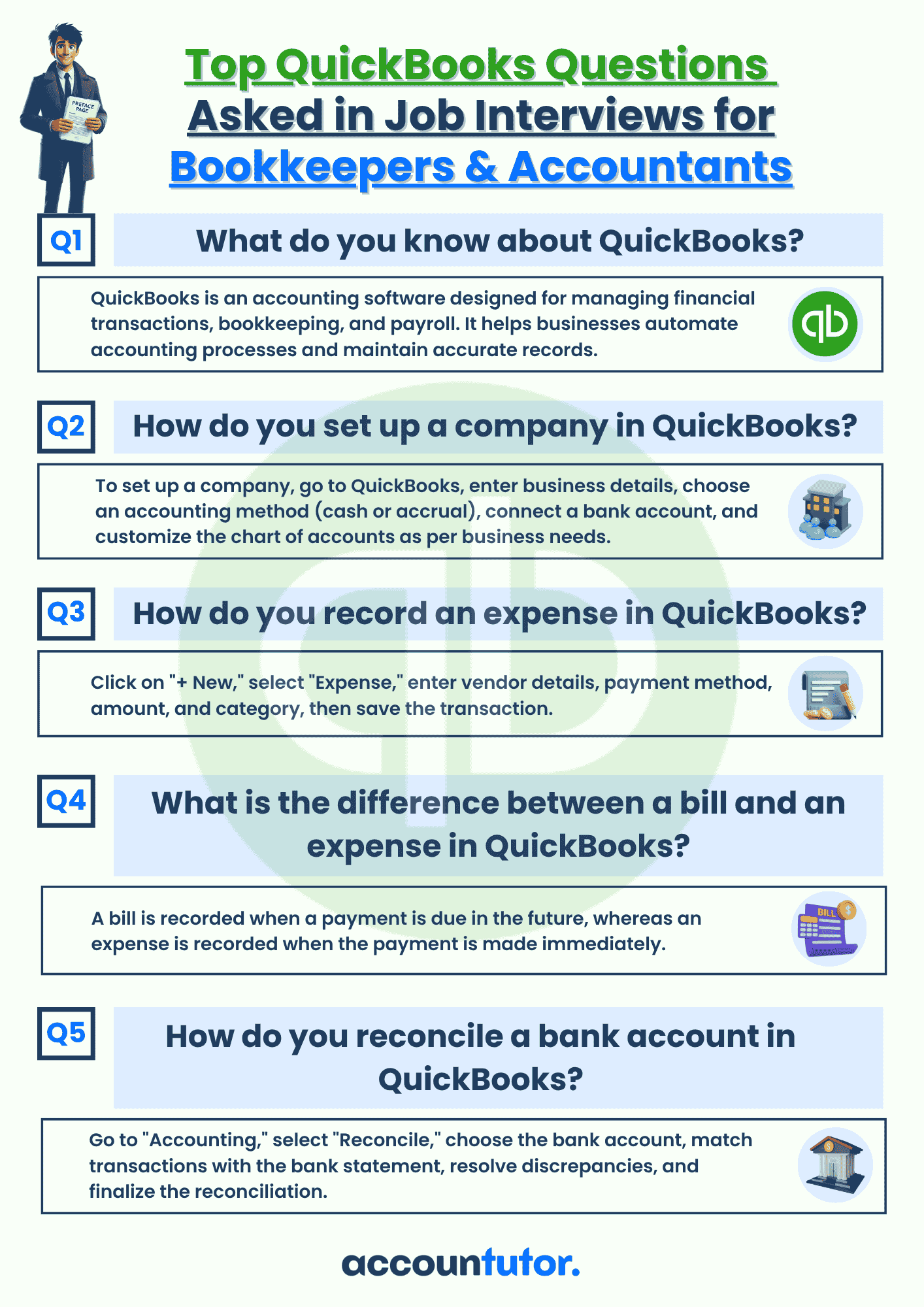Rules of Debits & Credits

Do debits and credits leave you scratching your head? You’re not alone! By the end of this guide, you’ll not only understand these foundational concepts but also apply them confidently in your accounting practice. Let’s dive in!
What Are Debits and Credits?
At its core, every financial transaction has two sides: a debit and a credit. Think of it like a balanced scale—whatever happens on one side must be counterbalanced by an equal action on the other. However, the effect of debits and credits depends on the type of account they’re applied to. Let’s explore this concept in detail.
Debits and Credits Explained
- Debits: Recorded on the left side of an account.
- Credits: Recorded on the right side of an account.
These entries work together to ensure every transaction balances perfectly. In accounting, the golden rule is: Debits must always equal credits.
The impact of debits and credits varies depending on the type of account:
Assets and Expenses:
- Debit: Increases the account balance.
- Credit: Decreases the account balance.
- Example: Purchasing office supplies increases your assets, so you debit the “Office Supplies” account.
- Debit: Decreases the account balance.
- Credit: Increases the account balance.
- Example: Taking out a loan increases your liabilities, so you credit the “Loan Payable” account.
Understanding how debits and credits function for different account types is essential for maintaining accurate financial records.
The Three Golden Rules of Accounting
1. Personal Accounts
- Rule: Debit the receiver, credit the giver.
- Example: You loan $500 to a friend.
- Debit: The “Loan to Friend” account because they are receiving the money.
- Credit:
The “Cash” account because you are giving the money.
This rule ensures that transactions involving individuals or entities are tracked accurately. It helps maintain a clear record of who owes what, ensuring proper financial balance.
- Rule: Debit what comes in, credit what goes out.
- Example: You purchase a laptop for your business, paying in cash.
- Debit: The “Equipment” account because the laptop is coming into your business.
- Credit:
The “Cash” account because money is going out.
This rule is used to record tangible assets and their movement, providing a clear picture of changes in asset values.
- Rule: Debit all expenses and losses, credit all incomes and gains.
- Example: You earn $200 in service income.
- Debit: The “Cash” account because money is coming into your business.
- Credit: The “Service Income” account because income is being generated.
This rule ensures accurate tracking of income and expenses, which is critical for preparing financial statements and analyzing profitability.
Applying the Rules: Practical Example
- Debit: The “Office Supplies” account (an expense account) because the supplies are coming into your business.
- Credit:
The “Cash” account because you’re using cash to pay for the supplies.
T-Account View:
- Debit Side: Office Supplies +$100.
- Credit Side: Cash -$100.
This transaction is now balanced, reflecting the dual nature of accounting entries. Properly applying these rules ensures the accuracy of your financial records.
Why Are Debits and Credits Important?
Mastering the rules of debit and
credit is essential for maintaining accurate and reliable financial records.
Here’s why:
1. Balanced Books
Debits and credits ensure that every
transaction is balanced. For example, if one account increases by $1,000
(debit), another account must decrease by $1,000 (credit). This balance is
critical for preparing accurate financial statements.
2. Accurate Financial Statements
Understanding debits and credits allows businesses to generate reliable financial reports, including the Balance Sheet, Income Statement, and Cash Flow Statement. These reports provide the data needed for decision-making, planning, and compliance.
3. Universal Application
The rules of debits and credits are universal, applying across accounting systems, whether you use QuickBooks, Xero, or manual spreadsheets. Once mastered, these principles can be applied anywhere.
Common Mistakes When Applying Debits and Credits
- Reversing Debits and Credits:
Misunderstanding the effects of debits and credits on different accounts
can lead to errors. Always double-check entries for accuracy.
- Ignoring Adjustments:
Certain transactions, such as accrued expenses or prepaid income, require
adjustments to ensure proper matching of income and expenses.
- Overlooking Double-Entry Principle: Forgetting that every transaction has two sides can result in incomplete records. Always ensure that debits equal credits.
How to Practice Debits and Credits
- Use T-Accounts: Visualizing transactions using T-accounts helps reinforce the double-entry concept.
- Work Through Examples: Start with simple transactions and gradually move to more complex scenarios.
- Leverage Accounting Software: Tools like QuickBooks or Xero automate double-entry accounting, allowing you to focus on understanding the underlying principles.
Take Your Accounting Knowledge to the Next Level
This course is designed specifically for accountants and bookkeepers, providing practical, hands-on lessons that simplify complex topics. Whether you’re new to accounting or looking to sharpen your skills, our courses will help you excel in your career.
Don’t wait—visit Accountutor.com today and start your journey toward accounting mastery!
Conclusion
Whether you’re managing your own finances or supporting clients, understanding debits and credits is a crucial skill that underpins all accounting processes. Take the time to practice, avoid common mistakes, and apply these principles consistently.
Ready to take the next step? Visit Accountutor.com and explore our free mini-course to gain deeper insights into accounting principles. Let us help you transform your accounting expertise today!
Subscribe to our newsletter
Policy Pages





Register for this webinar: How to Master QuickBooks Online— Without Feeling Overwhelmed





